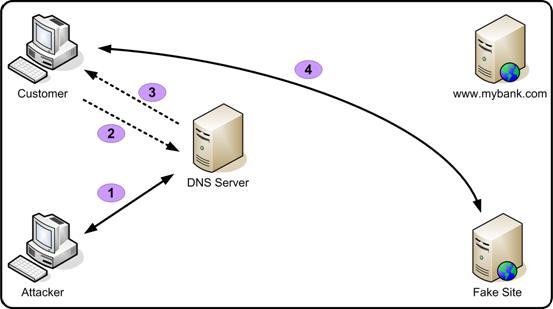
A denial-of-service (DoS) attack is a type of cyber attack in which a malicious actor aims to render a computer or other device unavailable to its intended users by interrupting the device’s normal functioning. DoS attacks typically function by overwhelming or flooding a targeted machine with requests until normal traffic is unable to be processed, resulting in denial-of-service to addition users. A DoS attack is characterized by using a single computer to launch the attack.
How does DoS works?

The primary focus of a DoS attack is to oversaturate the capacity of a targeted machine, resulting in denial-of-service to additional requests. The multiple attack vectors of DoS attacks can be grouped by their similarities.
DoS attacks typically fall in 2 categories:
Buffer overflow attacks
An attack type in which a memory buffer overflow can cause a machine to consume all available hard disk space, memory, or CPU time. This form of exploit often results in sluggish behavior, system crashes, or other deleterious server behaviors, resulting in denial-of-service.
Flood attacks
By saturating a targeted server with an overwhelming amount of packets, a malicious actor is able to oversaturate server capacity, resulting in denial-of-service. In order for most DoS flood attacks to be successful, the malicious actor must have more available bandwidth than the target.
How to prevent Denial of Service(DoS) ?
- Buy more bandwidth
- Build redundancy into your infrastructure
- Configure your network hardware against DoS attacks
- Deploy anti-DoS hardware and software modules
- Deploy a DoS proctection appliance
- Protect your DNS Servers
source:
https://www.cloudflare.com/learning/ddos/glossary/denial-of-service/












